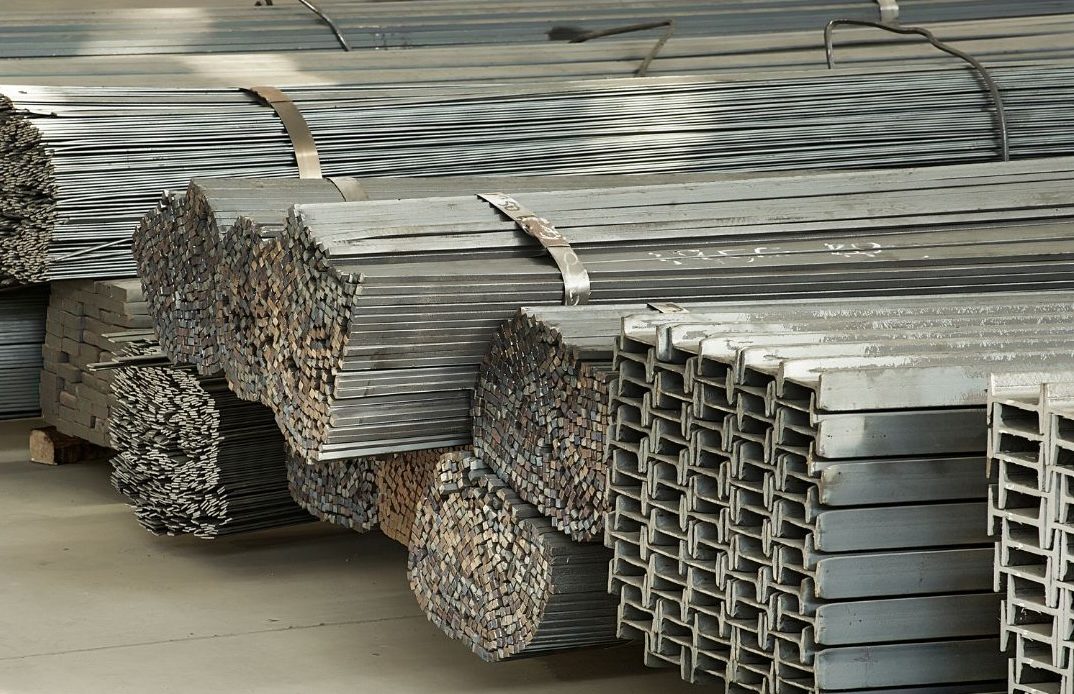Powder coating is a transformative finishing technique that enhances both the durability and appearance of metal surfaces. By applying a heat-cured powder, this process creates a tough, protective layer far superior to traditional liquid paints. It is also an environmentally friendly solution, as it eliminates the use of solvents.
However, the effectiveness of metal powder coating depends on the type of material used. Choosing the right one ensures a resilient finish and superior performance.
Below, we explore five metals that excel in powder coating, highlighting their properties, benefits, and applications.
1. Aluminium

Aluminium is a highly versatile metal that pairs perfectly with powder coating. Known for its lightweight yet strong composition, it offers significant advantages in applications where weight reduction and durability are key. The addition of a powder coat enhances aluminium’s natural resistance to corrosion, making it ideal for outdoor environments where exposure to moisture and temperature fluctuations is inevitable.
Popular uses for powder-coated aluminium include automotive components, window and door frames, and garden furniture. These applications not only benefit from the metal’s weather resistance but also take advantage of the wide range of textures and colours available through powder coating, offering both functional and aesthetic benefits.
Achieving a durable finish on aluminium involves precise surface preparation. The metal must be thoroughly cleaned and treated with pretreatment, such as chromate or phosphate, to ensure the coating bonds securely. This preparation guarantees the powder coat adheres perfectly, delivering a finish that is both visually striking and long-lasting.
2. Steel
The robust nature of steel makes it one of the most widely used metals for powder coating. This process provides steel with an extra layer of protection, significantly improving its resistance to rust, scratches, and wear. The combination of strength and adaptability allows steel to meet the demands of various industries.
In construction, powder-coated steel is commonly used for structural supports and architectural details. Outdoor applications, such as public benches and playground equipment, benefit from the enhanced weather resistance provided by powder coating. The finish also allows for customisation to match aesthetic requirements, from vibrant colours to understated tones.
Proper surface preparation is essential when powder-coating steel. Methods such as shot blasting or sandblasting remove any contaminants or rust, ensuring the powder adheres evenly. A clean and well-prepped surface ensures the longevity and resilience of the final product, even under challenging conditions.
3. Galvanised Steel
Galvanised steel, with its protective zinc coating, gains exceptional durability when paired with powder coating. This combination creates a powerful barrier against corrosion, making it an excellent choice for environments with high moisture levels or chemical exposure. The zinc and powder layers work together to provide long-term protection and maintain structural integrity.
This durability makes powder-coated galvanised steel a preferred option for fencing, agricultural equipment, and outdoor structures. It offers both functional reliability and visual appeal, with a wide array of colours available to suit different needs. These finishes enhance its use in both industrial and decorative applications.
Preparing galvanised steel for powder coating requires attention to detail. The zinc layer must be treated using methods such as light abrasion or chemical etching to ensure the powder coat adheres without peeling. Proper preparation is indispensable to the final product meeting demanding performance standards while retaining an attractive appearance.
4. Stainless Steel
Stainless steel is already renowned for its resistance to corrosion, but powder coating takes it a step further by adding another layer of protection. Beyond durability, the process allows for an array of finishes, opening up creative possibilities for applications across industries.
This metal is often powder-coated for use in medical equipment, commercial kitchens, and architectural elements. The additional protection provided by powder coating ensures stainless steel retains its pristine appearance even under constant use or exposure to harsh environments. Aesthetic flexibility allows designers to achieve bespoke finishes that suit specific projects.
To achieve an effective bond, stainless steel requires meticulous preparation. Cleaning the surface to remove any grease, oxides, or residues is essential to avoid adhesion problems. Abrasive methods or chemical treatments may also be applied to create a finish that is both beautiful and robust.
5. Iron

Powder coating offers iron a new level of resilience, making it a favourite for applications requiring strength and durability. By adding a protective layer, this process shields iron from rust and other environmental challenges, extending its usability for outdoor and industrial purposes.
Iron’s versatility shines in products such as garden furniture, gates, and railings. Powder coating enhances these items with vibrant or subdued finishes, depending on design preferences, while protecting them from moisture and wear. In industrial settings, powder-coated iron machinery parts deliver reliability in demanding environments.
Applying a primer before the powder coat ensures the coating adheres properly to iron surfaces, reducing the risk of peeling or flaking over time. Combined with thorough cleaning and preparation, this step creates a finish that meets both aesthetic and functional expectations.
Powder coating is a game-changer for metal finishing, elevating the performance and appearance of materials like aluminium, steel, galvanised steel, stainless steel, and iron. Each metal offers unique qualities that, when combined with powder coating, deliver lasting durability and customisation options for diverse applications.
Proper preparation is essential to ensuring a seamless bond between the powder and the metal, resulting in products that perform reliably and maintain their visual appeal over time. Whether for industrial, architectural, or decorative purposes, powder coating continues to prove its value as a superior finishing technique.





